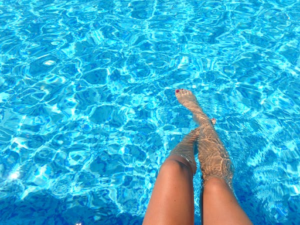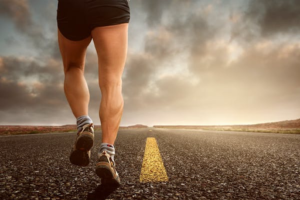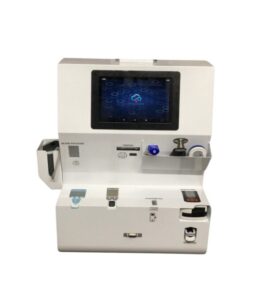6 Things You Need To Know About Varicose Veins
4 min readA great number of people nowadays suffer from vein problems. Strong, stingy pain going through your muscles, preventing you from standing for too long or even walking too long, has become one of the most common problems among people regardless of their generation. According to some statistics, over 20 percent of adults suffer from varicose veins, and the majority of them have a spider vein or two.
Even though they look bad and have that unhealthy lumpy and bluish tone, these intrusions are harmless. On the other hand, for some people already suffering from certain health conditions, this may be dangerous and painful. That is why we have prepared a list of six things you must know about varicose veins.

Not All Leg Veins Are the Same
Veins are blood vessels that keep blood flowing in one direction, and it is towards your heart. Varicose veins are a bit different from regular veins since they form deteriorated valves that allow blood to pool in the leg. The problem appears once the veins lose their elasticity, making them dilate. According to science, veins have valves whose main purpose is to keep blood moving from your legs to your heart. The moment those valves go bad, the blood starts going in reverse, which eventually leads to varicose veins.
People usually mix spider veins, which are smaller and tubular blood vessels, with varicose veins. Both of these vein problems do not manifest with some serious symptoms, yet they put your legs at risk for some future, serious complications.
There Are the Symptoms That Mustn’t Be Ignored
If you experience the following symptoms, you must seek medical help. Hyperpigmentation in your lower leg or ankle means that the skin in these areas is becoming much darker than the rest of your skin. Skin thickening and hardening in this area becomes itchy and looks red, resembling eczema. If you notice a skin ulcer, which is basically a sore that appears red and may drain the fluid but is not caused by the injury, consult your physician.
If you notice any of those symptoms besides varicose veins on your legs, it is an immediate sign to pay the doctor a visit. Sometimes, varicose veins are an indicator that there is a vein clot.
A Number of Different Treatment Options Are Available
A long time ago, patients suffering from varicose veins had to undergo total anesthesia and visit a surgeon to deal with this problem. Luckily, today, there are many different treatments that can be done in the doctor’s office under local anesthesia. There are three main types of procedures used to deal with varicose veins:
The first one is radiofrequency ablation, or laser ablation, where the veins are heated until they are closed. The next procedure is to glue the vein, where the glue is inserted into the vein, making it shut. The third procedure is sclerotherapy, where chemical foam is used to close the vein. A useful method for relieving problems with varicose veins is compression socks, and these compression socks are meant to help you with your recovery and enhance the quality of your lifestyle. Solving your problem with veins combined with adequate post-treatment recovery surely will have the best results.
You Will Probably Need an Ultrasound
If you feel pain and you are concerned about your veins, then you should consult an expert and see if there is any reason to be concerned in the first place. As part of the usual medical expertise and in order to eliminate any suspicion, your doctor will most probably use ultrasound to check your veins and be sure that there are no problems. This is the best way to determine the treatment you will need to receive and check the function of your veins.
Diet Can Help
Problems with veins are inevitable at some points in our lives. Varicose and spider veins are really common, and doctors are not really sure what the real causes of these problems are. However, there are some factors that may cause varicose veins, and some include genetics, obesity, and working a job that includes standing for long hours. So, having a proper diet that may help you have a normal body weight will certainly decrease the possibility of you having a problem with varicose veins in the future.

Varicose Veins Appearing In Pregnancy Can Go Away On Their Own
Varicose veins are a common problem in pregnancy. When pregnant, circulation in your body spikes so that the proper care of the baby can be taken and certain hormonal changes in a woman’s body may cause veins to dilate or stretch. Typically, these veins will go away on their own. But, if they do not, you should wait for three to six months before you decide to seek treatment for pregnancy-related veins.
Varicose veins are a widely spread problem, and the majority of people get to deal with them at least once in their lifetime. But, worry not; there are effective treatments and medical aids that can help you deal with this problem and improve the quality of your life.






